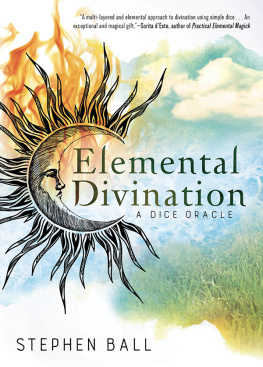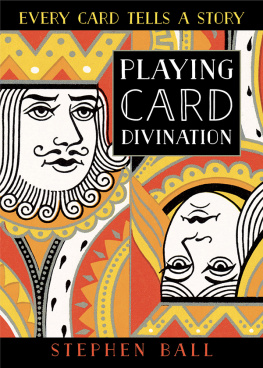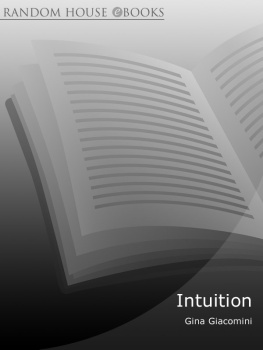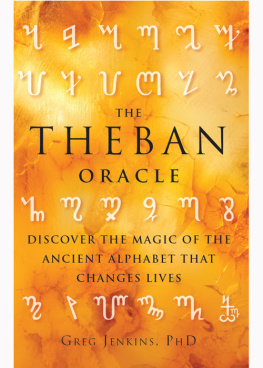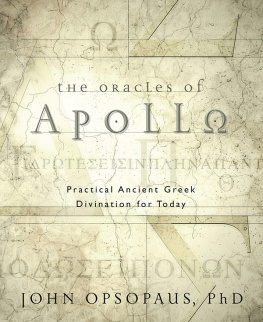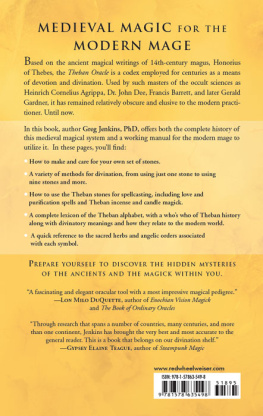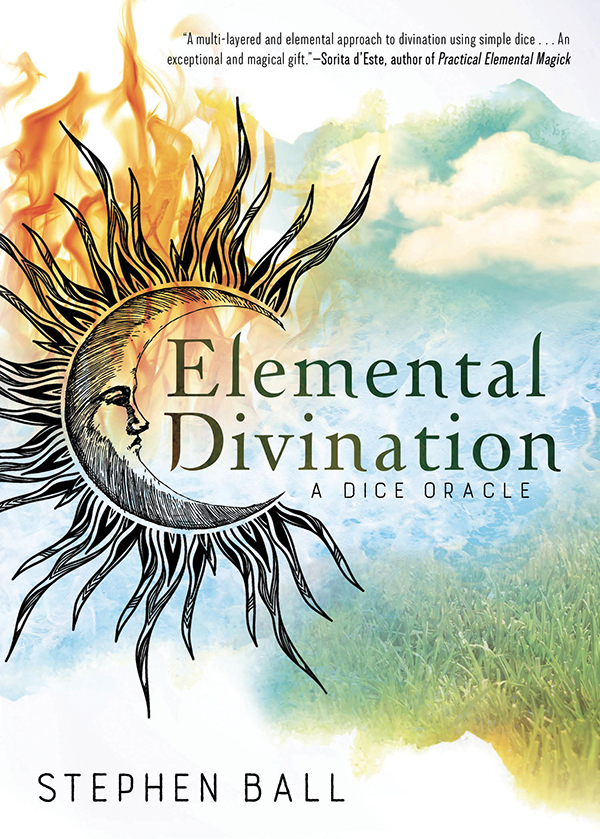Stephen Ball has been involved with magical practice and religion for over twenty years, working in Druidry, Shamanism, and initiatory Wicca in the UK. He has previously published The Apple Branch: An English Shamanism and contributed to the Neopagan anthology Horns of Power (as Stephen Blake). He has taught workshops on divination systems and a correspondence course on Shamanism. Stephen lives in London.

Llewellyn Publications
Woodbury, Minnesota
Copyright Information
Elemental Divination: A Dice Oracle 2018 by Stephen Ball.
All rights reserved. No part of this book may be used or reproduced in any matter whatsoever, including Internet usage, without written permission from Llewellyn Publications, except in the form of brief quotations embodied in critical articles and reviews.
As the purchaser of this e-book, you are granted the non-exclusive, non-transferable right to access and read the text of this e-book on screen. The text may not be otherwise reproduced, transmitted, downloaded, or recorded on any other storage device in any form or by any means.
Any unauthorized usage of the text without express written permission of the publisher is a violation of the authors copyright and is illegal and punishable by law.
First e-book edition 2018
E-book ISBN: 9780738755748
Book design by Bob Gaul
Cover design by Shira Atakpu
Interior dice readings by Llewellyn art department
Llewellyn Publications is an imprint of Llewellyn Worldwide Ltd.
Library of Congress Cataloging-in-Publication Data
Names: Ball, Stephen.
Title: Elemental divination: a dice oracle / Stephen Ball.
Description: First edition. | Woodbury, Minnesota: Llewellyn Publications,
[2018] | Includes bibliographical references.
Identifiers: LCCN 2017046408 (print) | LCCN 2017056388 (ebook) | ISBN
9780738755748 (ebook) | ISBN 9780738754475 (alk. paper)
Subjects: LCSH: Fortune-telling by dice. | Oracles. | Divination.
Classification: LCC BF1891.D5 (ebook) | LCC BF1891.D5 B35 2018 (print) | DDC
133.3dc23
LC record available at https://lccn.loc.gov/2017046408
Llewellyn Publications does not participate in, endorse, or have any authority or responsibility concerning private business arrangements between our authors and the public.
Any Internet references contained in this work are current at publication time, but the publisher cannot guarantee that a specific reference will continue or be maintained. Please refer to the publishers website for links to current author websites.
Llewellyn Publications
Llewellyn Worldwide Ltd.
2143 Wooddale Drive
Woodbury, MN 55125
www.llewellyn.com
Manufactured in the United States of America
Contents
_
. Introduction
. But Which Associations Does Each Element Have?
. How to Cast the Oracle
. How to Ask the Questions
. Three Example Readings
. Choosing Your Dice
. Advanced Ways to Read the Oracle
. Beyond Dice
. Magic and Rituals for Using the Oracle
. The Oracle
. Afterword
. Appendix
. Bibliography
. Acknowledgments
To Emily, who already knew the way.
Introduction
For almost 2500 years, scholars have used the four elements to symbolize the primal forces of nature. Ideas from ancient Greece inspired many systems through the centuries and grew to be important tools for philosophers, magicians, alchemists, and early scientists around the world.
Along the way, Earth, Air, Fire, and Water have become associated with all the details of human life: emotions, intelligence, protection, wealth, freedom, love, and security. They can combine to represent the concerns and challenges facing everyone.
This oracle takes these fundamental forces and reads the pattern created by their play together. As we feel their heat in our blood and body or see the power of a moonlit storm over the sea, these readings draw on shared experiences that the elements give to all.
The structure of the oracle is simple, but the scenarios it reveals are deep and complex. Ive used and created many divination systems over the years, but I realized Id begun to leave them aside entirely in favor of rolling the dice to generate these beautiful imagesThe Waking Dreamer, Diamonds in the Stream, The Dragons Breath.
Added to the classic four elements are two more symbols that have earned an equally important place in magical systems: the Sun and the Moon. These have always been powerfully present in peoples lives and imaginations, and have long magical associations with science, magic, success, and mystery.
In this book you will find information on the elements and their associations in divination, instructions and rituals for using the oracle, and a list of definitions for each combination. You can take these meanings as the whole answer, or (if you are confident with the typical magical correspondences of the elements from another system, such as the tarot) you can use each combination as the starting point for a wider range of your own interpretations.
I hope that this oracle inspires readers to a deeper connection with the elements in magic, in our own bodies and around us in nature.
The Structure of the Oracle
The oracle shows two elements meeting. One is the current situation, and the other is a newcomer that is either stronger or weaker. In the many permutations that result from these pairings, the struggles and delights of human life can be seen.
Three dice are rolled, with a number assigned to each element. This book lists the meanings and images of all the combinations of these rolls with a commentary on each. This method of rolling dice and consulting a book is in fact very old, and it uses the magical correspondences of each element to bring forth all the rich and colorful possibilities of a classical oracle.
The Use of Dice in Divination
Dice have existed for thousands of years and they have been used in oracular work for most of that time. When we say the word oracle , many people think of the famous Oracle at Delphi: a person receiving messages while in a trance. However, just as common as trance oracles were those involving dice, and Delphi itself was also a site for this type of divination!
Dice made from animal bones, known as astragaloi, were a major oracle in ancient Greece. For example, Pausanias says that there was a statue of Hercules in a grotto in Achaia (an area to the West of Athens) where these astragaloi dice were rolled and the answer was then looked up in a book. They have also been found next to an altar to Aphrodite in Athens and at several other major sites. Dice were also common in Rome. Soon imitation bones were being made from wood, glass, bronze, and ivory.
This format of dice oracles being paired with a text is evidenced around the world over many centuries. Texts such as the Greek Magical Papyri give a system for rolling three six-sided dice (or one die three times) and then finding the appropriate page for the meaning. The elemental oracle is cast in a very similar way.
Alongside divination, dice were also used for gambling and in childrens games. Even in those games they often retained their early magical significancenonreligious dice games in Greece in later years still included the names of gods. As objects, the linking of dice with magic and religion goes back in history much farther and early primitive dice (which were deliberately shaped like animal bones) were found in Tutankhamuns tomb, dated to 1333 BCE. Moving to more recent times, the late medieval era in Europe saw a huge resurgence of using dice to choose oracle entries from a book.

